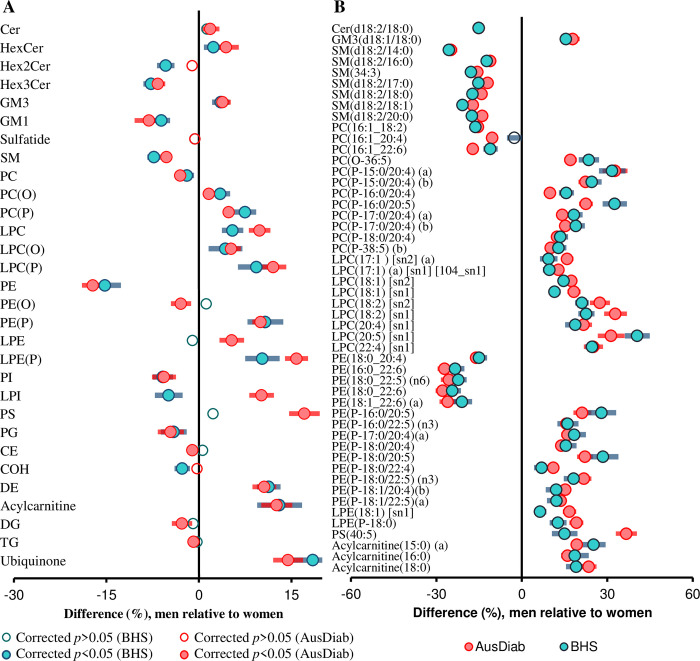Fig 2. Validation of the associations between sex and plasma lipid classes and species.
Linear regression analysis between sex and log-transformed lipid concentrations was performed adjusting for age, BMI, total cholesterol, HDL-C, and triglycerides on 10, 339 subjects in the AusDiab cohort and 4,207 in Busselton at a class level (A) and the 50 most significant lipid species (B). Blue (men) and pink (women) open circles show lipid classes/subclasses or species with corrected p > 0.05. Closed circles show classes/subclasses or species with corrected p < 0.05. Whiskers represent 95% confidence intervals. See S1 Data for the underlying data. AusDiab, Australian Diabetes, Obesity and Lifestyle Study; BMI, body mass index; CE, cholesteryl ester; Cer, ceramide; COH, free cholesterol; DE, dehydrocholesterol; DG, diacylglycerol; GM1, GM1 ganglioside; GM3, GM3 ganglioside; HDL-C, high-density lipoprotein cholesterol; HexCer, monohexosylceramide; Hex2Cer, dihexosylceramide; Hex3Cer, trihexosylceramide; LPC, lysophosphatidylcholine; LPC(O), lysoalkylphosphatidylcholine; LPC(P), lysoalkenylphosphatidylcholine; LPE, lysophosphatidylethanolamine; LPE(P), lysoalkenylphosphatidylethanolamine; LPI, lysophosphatidylinositol; PC, phosphatidylcholine; PC(O), alkylphosphatidylcholine; PC(P), alkenylphosphatidylcholine; PE, phosphatidylethanolamine; PE(O), alkylphosphatidylethanolamine; PE(P), alkenylphosphatidylethanolamine; PG, phosphatidylglycerol; PI, phosphatidylinositol; PS, phosphatidylserine; SM, sphingomyelin; TG, triacylglycerol.

